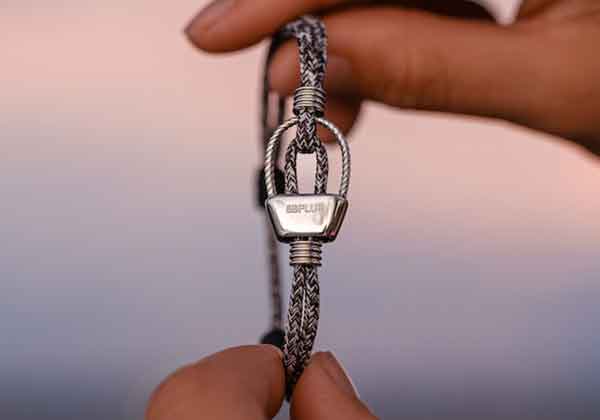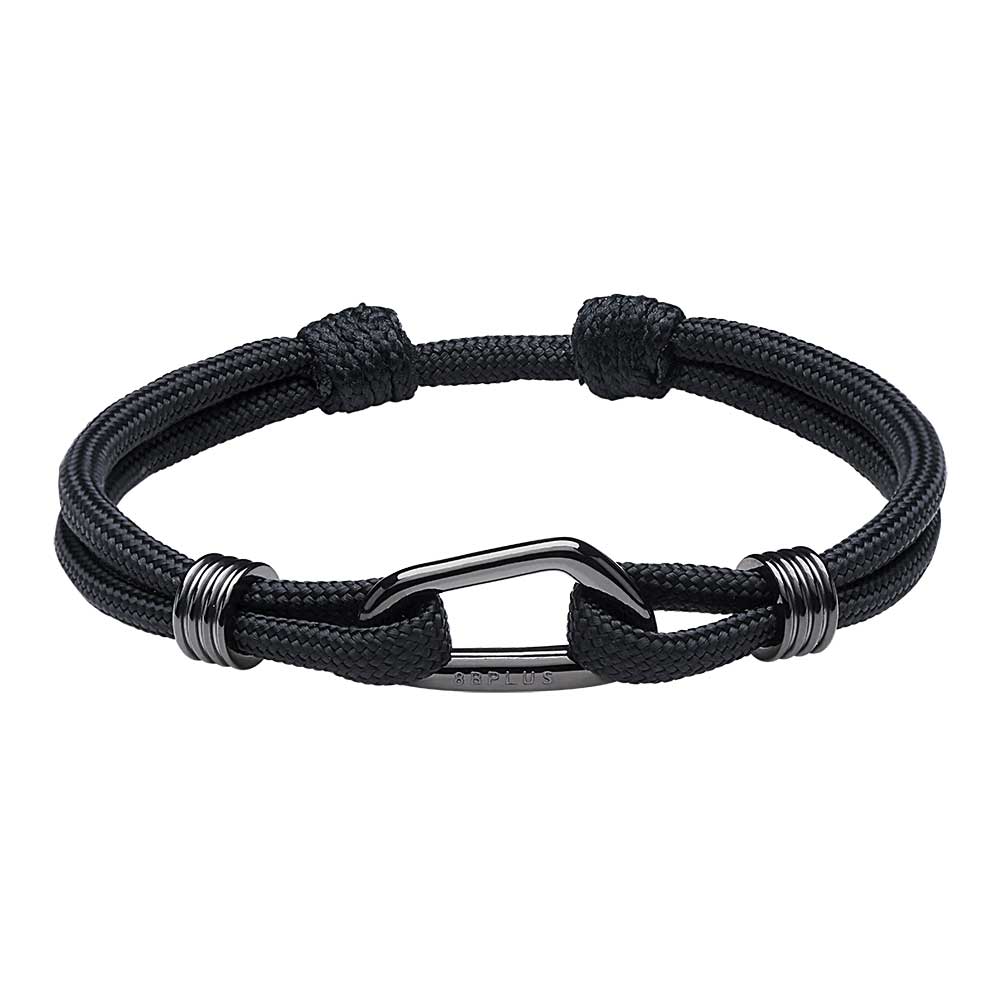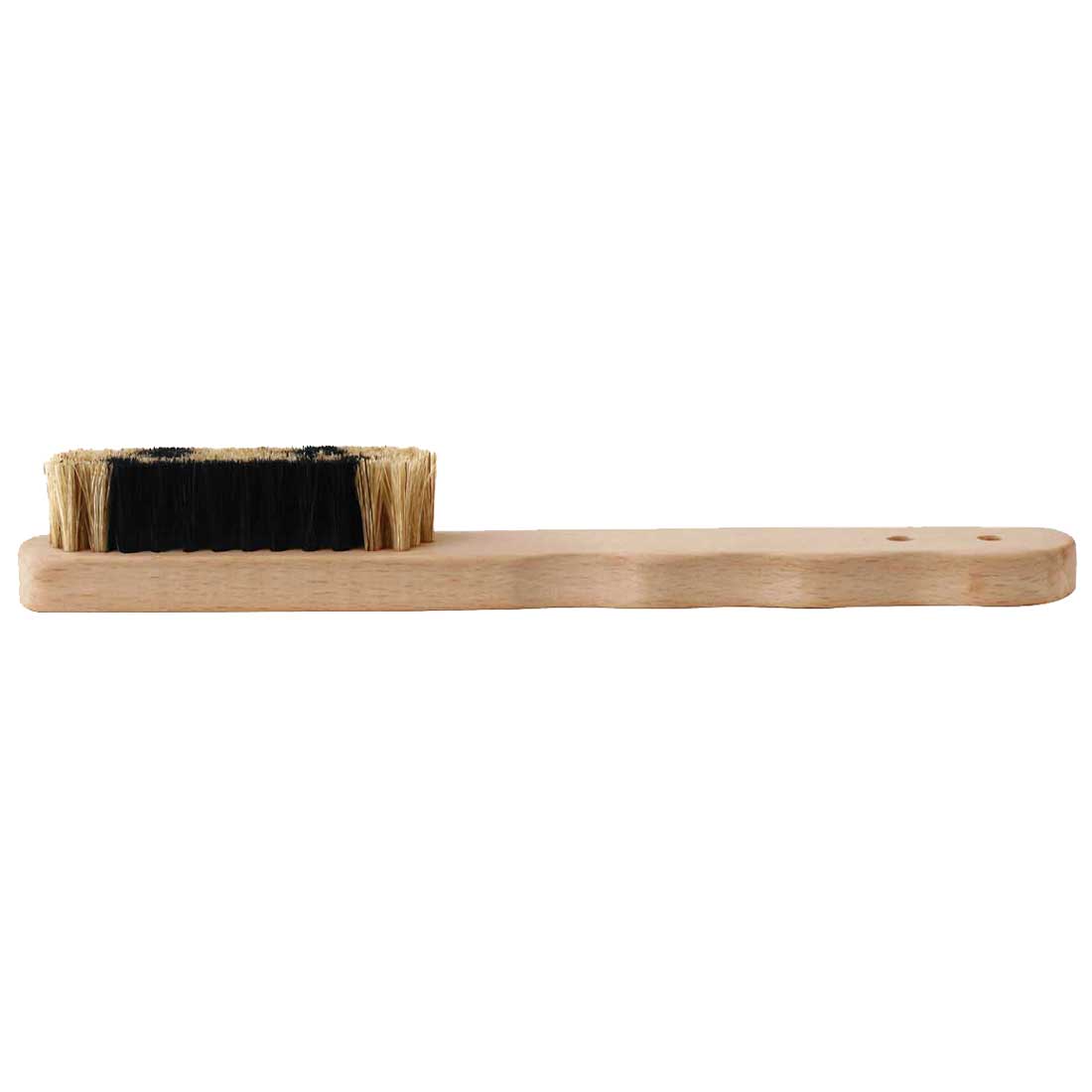
5 Key Differences Between Indoor and Outdoor Rock Climbing

The sport of rock climbing is taking over with 43 new commercial gyms opened in 2017. This sport was once only available to those who lived in rocky areas that offered natural climbing opportunities.
However, with the advent of commercial gyms, the sport of rock climbing is now more approachable than ever.
If you’re getting started in this awesome sport, read this guide to learn about the three key differences between indoor and outdoor rock climbing.
1. Helmets
As of now, you won’t need to wear a helmet when climbing indoors. When you decide to venture outside to climb, put a helmet on. Wear your helmet every time you climb and never take it off.
2. Landings
Climbing gyms don’t want you to get hurt; their insurance company wouldn’t like that. So they lay down some comfy foam mats on the floor.
Nature isn’t so kind. In fact, nature can be quite cruel with rocky hard landings. You may even find twisted tree limbs or boulders in your fall line. Learn how to fall so that you can protect yourself.
3. Weather
If it starts raining indoors, there’s a problem. One advantage of climbing indoors is that you can do it 365 days of the year. You won’t ever have to contend with the burning sun, freezing temperatures, or rain.
The weather creates a whole extra challenge to your rock climbing. You could face scorching heat, blustering winds, rain, or snow. These aren’t necessarily bad things as they’ll give you a sense of wild freedom.
4. Gear
Heading to your local climbing gym with your gear is pretty straight forward. You’ll need a harness, gym shoes, water bottle, and maybe a couple of other things.
Climbing outdoors is a whole different experience. The gear you’ll need will change depending on what and where you’ll climb. It’s best to go with someone who’s experienced so they can tell you what you’ll need.
5. Group Size
Large groups are welcome at the climbing gym. It can be a social event where people take turns climbing. While you wait for your turn, you can hang out and chit chat.
Large groups outdoors tend to be a letdown as too many people put pressure on climbing areas with limited lead routes. A group of five or more tends to have one lead climber that will set up a toprope. Then everyone can run laps.
The number of people climbing is something to consider as both indoor and outdoor climbing has grown in popularity. Indoor climbing and bouldering have grown from 4.5 to 4.9 million participants, while outdoor climbing has grown from 2 to 2.8 million participants.
Indoor gyms can accommodate this growth by creating more gyms. Outdoors is not quite as flexible as more people head to established crags.
Try Your Hand at Both Indoor and Outdoor
So are you ready to try your hand at climbing? Both indoor and outdoor options offer you a challenge for both your body and mind.
No matter which you choose, remember that safety should be your priority. Always wear proper gear and climb with a partner.
Stock up on your rock climbing gear today and challenge yourself with a little outdoor climbing.

























